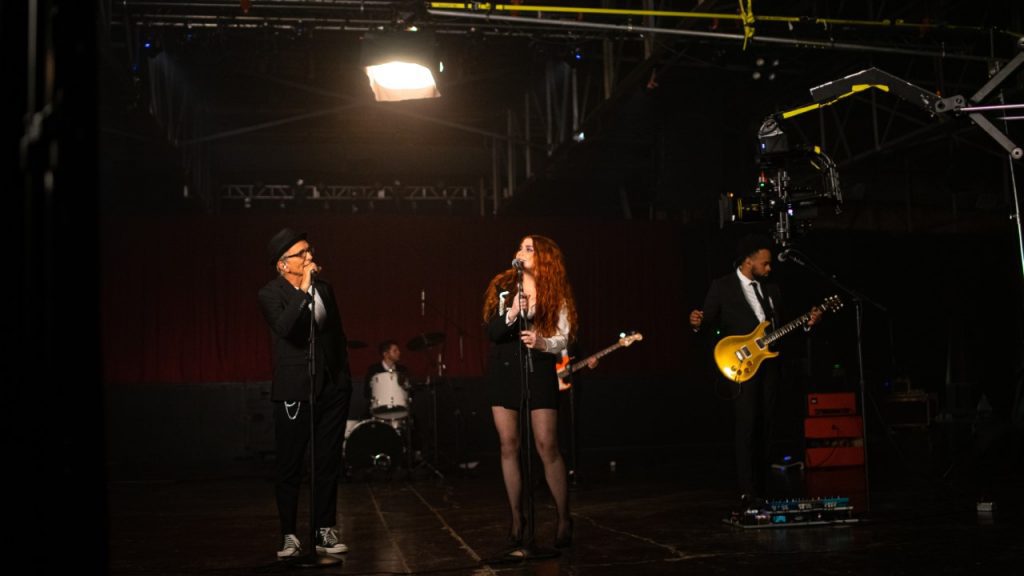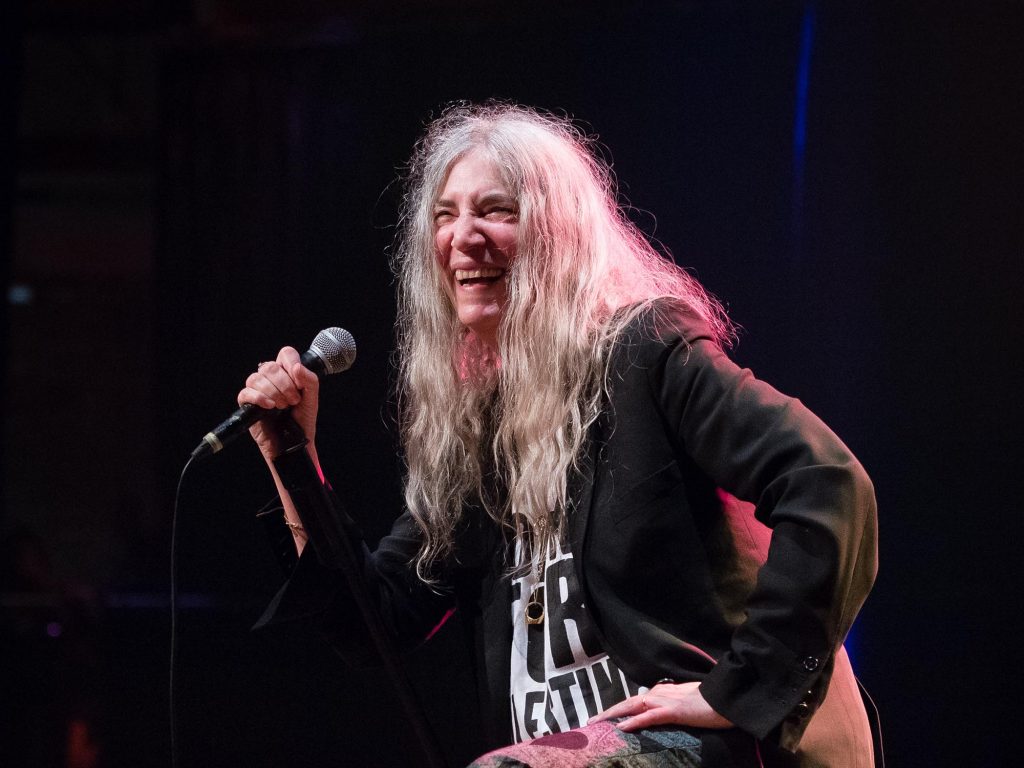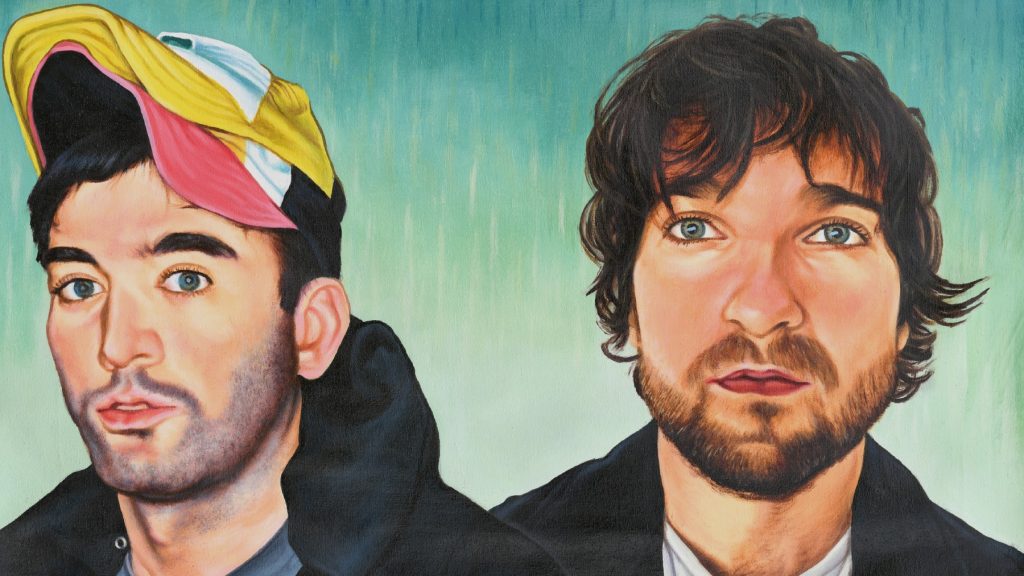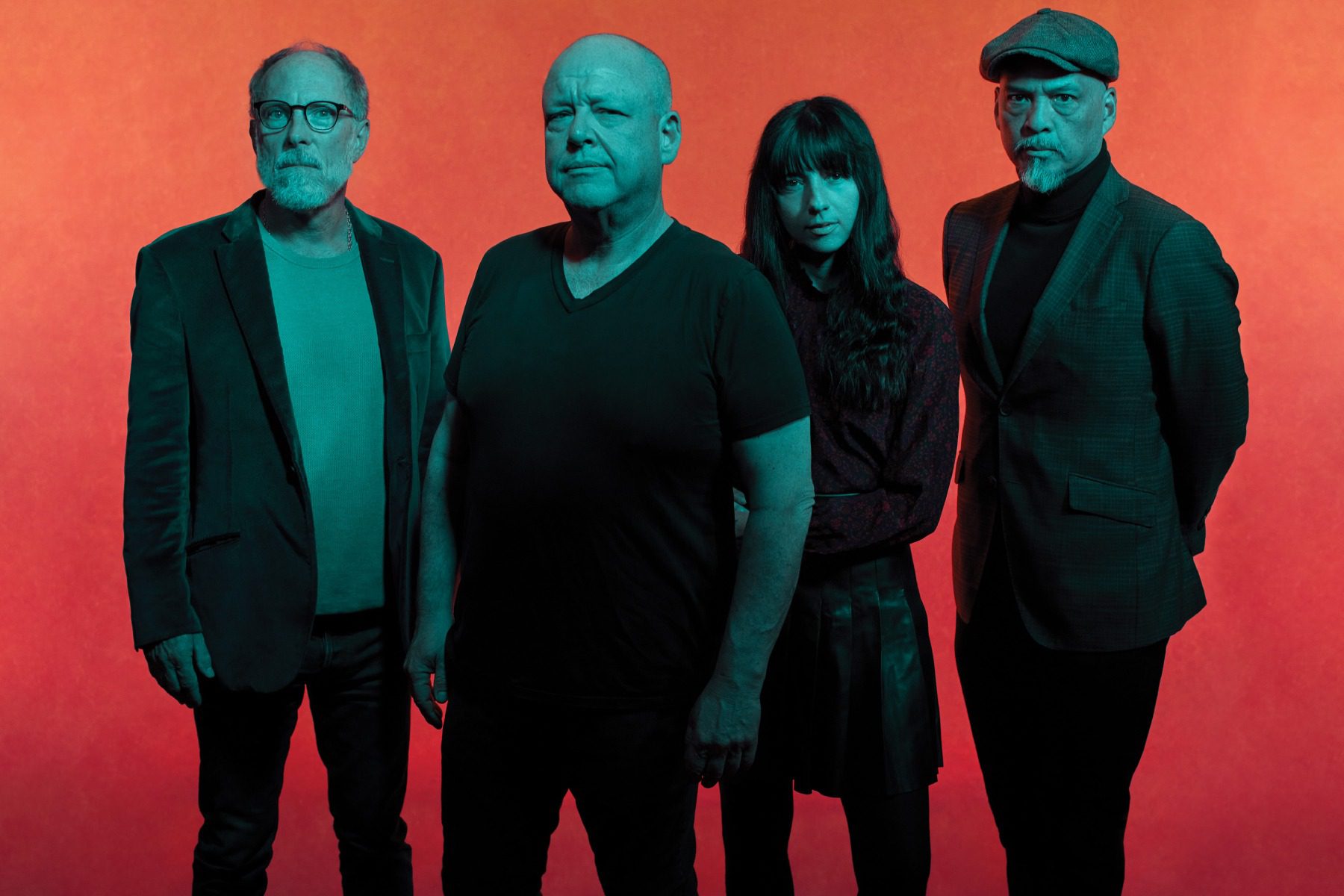
K-Pop Is Only Half the Story of Korean Pop Music
Back in 2009, eager to share my love of K-pop with pretty much anyone who would listen, I showed a grad school classmate the music video for “Lollipop” by BIGBANG and 2NE1. He laughed and told me the video looked as if it was made on another planet, with its bubblegum colors and over-the-top costumes. In 2013, I showed friends the music videos for TaeTiSeo’s “Twinkle” and Teen Top’s “Miss Right” — and they quirked their eyebrows and smirked in mild amusement. By then, K-pop was dominating the music scene across Asia and had significant followings in Latin America, Europe and the Middle East, but Americans seemed largely indifferent.
Fast forward to 2020, and K-pop is finally a singular force in mainstream American media, with groups like BTS and Blackpink winning US music awards and appearing on major talk shows all in the span of a few months.
But what many American fans may not realize is that they are hearing a specific and ultra-new generation of K-pop. Many of the K-pop artists who saw their heyday in the 2000’s and early 2010’s have long since moved on to different genres entirely — and so have many Korean fans, who’ve grown tired of the countless K-pop idol groups that have formed in the past two decades.
blogherads.adq.push(function () {
blogherads
.defineSlot( ‘medrec’, ‘gpt-dsk-tab-article-inbody1-uid0’ )
.setTargeting( ‘pos’, [“mid-article”,”mid”,”in-article1″,”mid-article1″] )
.setSubAdUnitPath(“music//article//inbody1”)
.addSize([[300,250],[620,350],[2,2],[3,3],[2,4],[4,2]])
;
});
In South Korea right now, listeners are turning their attention to the oldest form of Korean popular music: “trot,” which derives its name from “foxtrot” and borrows from a wide range of genres, including blues, easy listening, swing, rock and roll and others. Overshadowed by K-pop since the 1990’s and once thought to be on the verge of dying out, Korean trot is currently experiencing a revival thanks to singing competitions like Mister Trot and I Like Trot. Even current and former K-pop stars are joining in on the trot boom by serving on the judging panels of some of these audition shows — for example, Shin Ji of Koyote and Kim Junsu of TVXQ appeared as judges on the wildly popular Mister Trot — or by competing, themselves.
Pop culture critic Hee-jung Gong explains the trot craze this way (translated from Korean): “Young people are interested in new and unique content. For them, the excitement of listening to a genre that they were not frequently exposed to in the past appealed to them. On the other hand, middle-aged Koreans like trot because to them, it’s retro music that brings back memories.” In addition, the so-called “Newtro” (new + retro) trend, led by millennials and Gen Z, has swept the nation for two years now, impacting the design of everything from sneakers to watches to household appliances.
Millions are also tuning into Korean indie music (here’s a playlist I made, if you’re unfamiliar). The term originally referred to the alternative, folk and punk-rock sounds that grew popular in South Korea in the 1990’s, but “Korean indie” has recently become a catch-all term for almost any modern Korean song that can’t be classified as K-pop, trot, or rap. It’s an eclectic genre whose influences span from Western-style rock to lounge to electronica. Like trot, K-indie has also been eclipsed in the global music scene by K-pop, but it has nevertheless maintained a strong following in South Korea, especially among college students and young professionals.
Case in point: One of the top five songs in South Korea right now according to the Gaon Digital Chart, Korea’s authoritative record chart, is “잠이 오질 않네요 (I Can’t Sleep)” by Jang Beom-june, the vocalist of K-indie rock band Busker Busker, whose other song “흔들리는 꽃들 속에서 네 샴푸향이 느껴진거야 (Your Shampoo Scent in the Flowers)” was the third most popular song in Korea for the first half of 2020. Busker Busker’s “Cherry Blossom Ending” was also recently revealed to be Melon’s Number One song of the past decade in South Korea. Another K-indie band, Standing Egg, saw their 2012 track “오래된 노래 (Old Song)” become the sixth highest-ranking single for October 2020.
blogherads.adq.push(function () {
blogherads
.defineSlot( ‘medrec’, ‘gpt-dsk-tab-article-inbody2-uid1’ )
.setTargeting( ‘pos’, [“mid-article2″,”mid”,”in-article2″,”mid-article”] )
.setSubAdUnitPath(“music//article//inbody2”)
.addSize([[300,250],[300,251],[620,350],[2,4],[4,2],[3,3]])
;
});
But as K-pop continues to worm into the world’s ears, it is also ricocheting back to influence the culture inside South Korea — and Koreans, whether fans of the genre or not, have to reckon with its impact.
An interesting pattern I’ve observed with Korean pop culture is that what’s popular in South Korea is often not popular abroad, and vice versa. (This was generally true for Korean films too until Parasite.) When PSY’s “Gangnam Style” blew up globally in 2012, Koreans were shocked and puzzled. While PSY was well-known in South Korea, he was nowhere near the most popular artist, much less someone likely to break into the American market. But when “Gangnam Style” became the most viewed video on YouTube, the Korean media and even the Korean government suddenly couldn’t get enough of him, hailing him as a national hero for catapulting his country to global stardom. His face was plastered everywhere, from Korean cosmetics to instant noodle ads to postage stamps. A statue commemorating his viral hit was erected in Seoul.
A similar story has occurred with BTS, who became popular abroad before they became popular in South Korea. Once overlooked as a boy band in their home country, BTS is now topping the charts in South Korea due to their international fame, with hit “Dynamite” holding the top spot on the Gaon and Melon music charts from September through most of November. Their newly released album BE, currently ranked Number Two on the Gaon Album Chart, has sparked a steady stream of positive press in the Korean media, albeit much of the coverage focuses on the album’s success overseas in places like the US, the UK and other countries.
So, popularity abroad shapes public opinion back home in Korea — even if many K-pop artists are crafting work primarily for Western audiences, as in BTS’s work with Halsey, Steve Aoki, Ed Sheeran and Jason Derulo, Blackpink’s collabs with Dua Lipa, Lady Gaga and Selena Gomez, and AB6IX’s remix of Lizzo’s “Truth Hurts.”
This cultural feedback loop is literally changing Seoul’s landscape. When I traveled to Seoul in 2014 to see relatives and friends, many cafés and restaurants in the popular Myeong-dong district played lounge and Korean indie music (if you’re a K-drama fan, think soundtrack of Coffee Prince or Reply 1988). But when I went back in 2018, the streets of Myeong-dong were blasting K-pop and lined with K-idol-emulating vendors hawking the latest K-beauty products, many of which also featured images of K-pop idols. Up-and-coming idol groups and idol wannabes were holding live performances on the street.
And to my surprise, I saw more tourists than locals, which I found out the hard way when no passerby I approached on the street spoke Korean. In one jarring episode, I walked into a cosmetics store in Myeong-dong and a store associate immediately spoke to me in Thai. When I stared at her blankly, she switched to Chinese. After overcoming my initial shock, I responded to her in Korean — and she apologized and told me, smiling, how relieved she was to finally be able to speak again in Korean.
All this to say that, while I’m pleased K-pop’s global success has done so much for the country, a part of me is also concerned that many people around the world equate contemporary K-pop with Korean music — when that is far from the case. And I’m honestly not sure how I feel when I see parts of Seoul transformed into K-pop-inspired shopping paradises for tourists. When I spoke to relatives and friends in Korea about this, they remarked that they too felt Seoul had lost some of its charm. (That said, this year the pandemic has shuttered countless stores throughout Myeong-dong and reduced visitors to the district by 90%. No one knows what a post-pandemic Myeong-dong will look like, though its image as a tourist trap is ingrained in the minds of many locals.)
blogherads.adq.push(function () {
blogherads
.defineSlot( ‘medrec’, ‘gpt-dsk-tab-inbodyX-uid2’ )
.setTargeting( ‘pos’, [“mid”,”mid-articleX”,”in-articleX”,”mid-article”] )
.setSubAdUnitPath(“music//article//inbodyX”)
.addSize([[300,250],[300,251],[3,3],[620,350]])
.setLazyLoadMultiplier(2)
;
});
But perhaps we’ll see a new blend of culture in Seoul in the future — one in which various types of Korean music get to flourish for domestic and global audiences alike. The Korean entertainment industry has been actively working to make that happen, particularly with trot, ever since the cable show Miss Trot saw middle-aged and elderly Koreans turn the show’s winner Song Ga-in into a household name. The show also revealed the influence and buying power of Korea’s “OPAL (Old People with Active Lives)” generation — those in their 50s and 60s — who were largely responsible for Miss Trot’s popularity, triggering a trot boom that made Korean entertainment execs launch a flurry of other programs like K-Trot in Town, I’m a Trot Singer, Mister Trot, and Romantic Call Centre.
TV producers and music industry veterans are also hoping to replicate K-pop’s widespread success by applying the K-pop idol concept to trot. For example, well-known trot singer Jang Yoon-jung recently formed a new trot boy band, SUPERFIVE, in an effort to attract younger fans to the genre. In addition, the top seven winners of this year’s Mister Trot, the audition program that became the highest rated cable broadcast in South Korean history, have frequently performed together as a quasi-idol group for trot, with each member having a domestic fanbase that rivals that of K-pop stars.
Many Korean artists, from BTS to these seven members of Mister Trot, already perform music across genres, reminding listeners of the scope of talent and history in Korean culture. We can see glimmers of a more diverse display of Korean music in the way trot is evolving: The genre is fusing with others, as with Kim Yeon-ja’s hit single “Amor Fati,” which mixes elements of EDM and has been performed to enthusiastic audiences in other countries like Vietnam, or with hip-hop duo Baechigi releasing an album with trot songstress Kim Na-hee, or rapper Mommy Son collaborating with comedian-cum-trot singer Kim Shin-young (as her alter ego Kim Da-bi) on the song “Spoon March.”
If K-pop was able to crack the code of global success, it’s hopefully only a matter of time before we see trot, K-indie, and K-rap following suit — or maybe a mix of all three, together.
Regina Kim is a communications director for a global media agency and a freelance writer based in Queens, New York. She previously worked for the Culture and Arts Division of the Ministry of Foreign Affairs of the Republic of Korea, and for Asian video-streaming company DramaFever, where she helped edit and localize Korean TV shows. Her writing has appeared in The Washington Post, NBC News Asian America, The Korea Times, and on her website reginakim.com.
blogherads.adq.push(function () {
blogherads
.defineSlot( ‘medrec’, ‘gpt-dsk-tab-inbodyX-uid3’ )
.setTargeting( ‘pos’, [“mid”,”mid-articleX”,”in-articleX”,”mid-article”] )
.setSubAdUnitPath(“music//article//inbodyX”)
.addSize([[300,250],[300,251],[3,3],[620,350]])
.setLazyLoadMultiplier(2)
;
});




